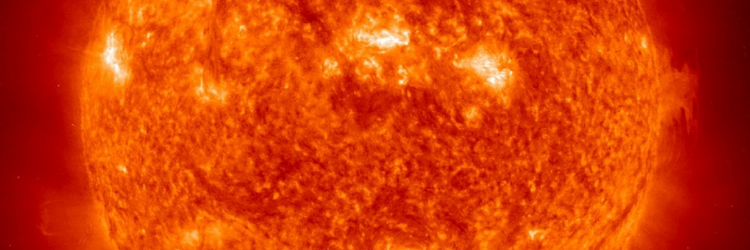Department of Energy’s Lawrence Livermore Lab Makes Fusion History
The U.S. Department of Energy (DOE) and DOE’s National Nuclear Security Administration (NNSA) announced fusion ignition at Lawrence Livermore National Laboratory (LLNL)—a major scientific breakthrough decades in the making. A team at LLNL’s National Ignition Facility (NIF) conducted the first controlled fusion experiment in history to reach this milestone, a scientific energy breakeven, meaning it produced more energy from fusion than the laser energy used to drive it.
The achievement will support NNSA’s Stockpile Stewardship Program and provide insights into clean fusion energy.
Fusion occurs when two light nuclei combine to form a single heavier nucleus, releasing a large amount of energy. Led by physicist John Nuckolls, who later served as LLNL director from 1988 to 1994, this idea became inertial confinement fusion, kicking off more than 60 years of research and development in lasers, optics, diagnostics, target fabrication, computer modeling and simulation, and experimental design.
LLNL built a series of increasingly powerful laser systems, leading to the creation of NIF, the world’s largest and most energetic laser system.
LLNL’s experiment surpassed the fusion threshold by delivering 2.05 megajoules (MJ) of energy to the target, resulting in 3.15 MJ of fusion energy output. This is the beginning of achieving simple, affordable IFE to power homes and businesses. Combined with private-sector investment, there is a lot of momentum to drive rapid progress toward fusion commercialization.
Watch the world-changing announcement here.

